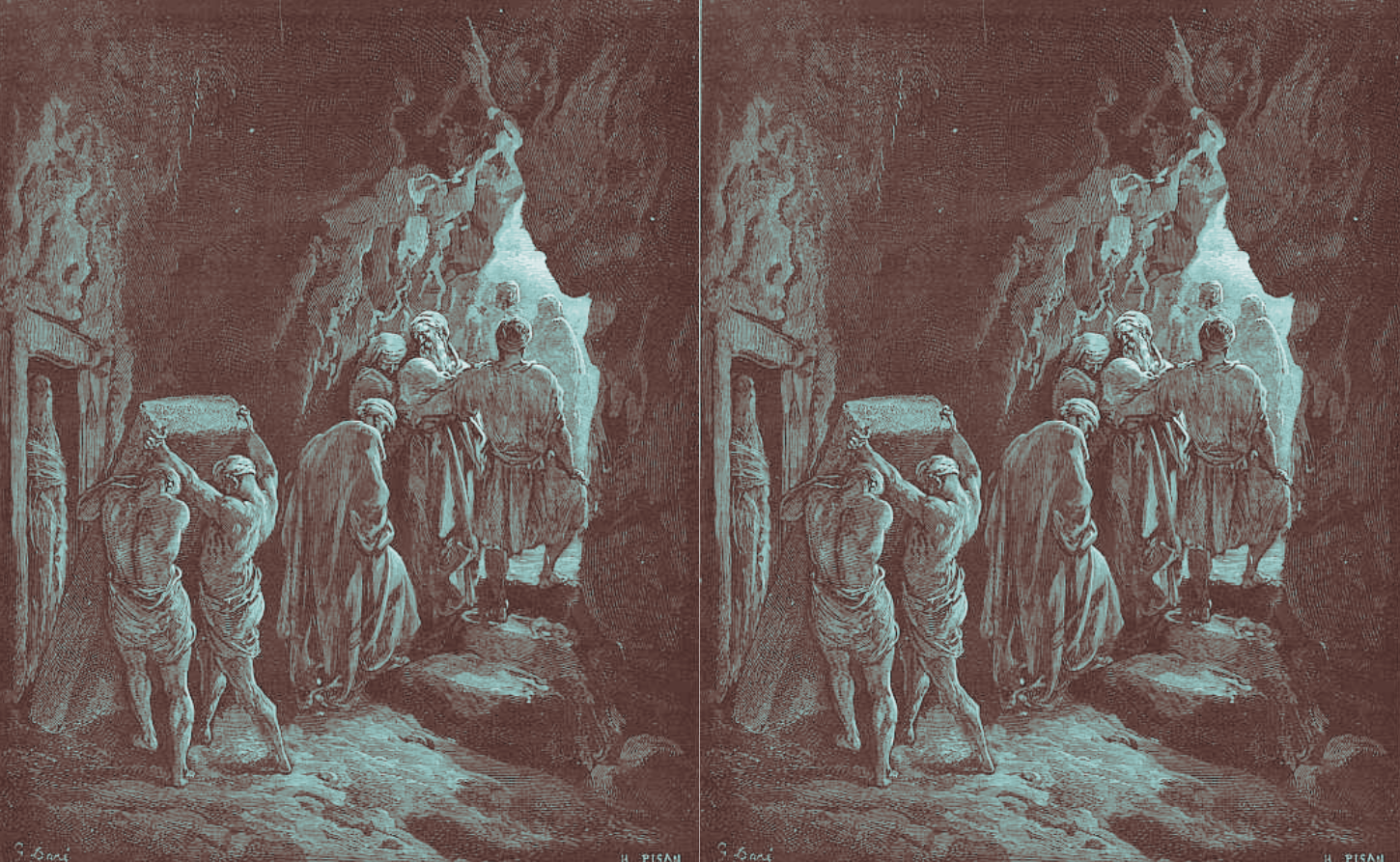Commentary on Parashat Chayei Sara, Genesis 23:1-25:18
With advances in medicine, human beings on average live longer today than any preceding generation. The customary Jewish birthday greeting, “May you live to 120,” may one day be a realistic possibility for many of us. But often with extended years come a range of life-altering changes. Those in their later years are likely to suffer from a range of maladies that deeply impact their quality of life. For those who have cared for loved ones in such circumstances, the memories of their final years are often painful, casting a long shadow over memories of them in their more vibrant and vital years.
This week’s Torah reading, Chayei Sarah, offers us a path to heal from these painful images. The portion opens with the announcement of Sarah’s death: “Sarah’s lifespan totaled 100 years, and 20 years, and seven years; these were the total years of Sarah’s life” (Genesis 23:1). Why, the rabbis asked, did it use this strange formulation, announcing Sarah’s age at death by splitting her 127-year lifespan into three components — 100 years, 20 years and seven years?
The biblical commentator Rashi explains that this verse repeats the word “years” three times in order to tell us that Sarah retained her physical beauty and moral virtue well beyond youth: “at the age of 100 she was as a woman of 20 as regards sin … and when she was 20 she was as beautiful as when she was seven.” We also know from a key element of her story, that she bore Abraham a child in old age, that she maintained a certain vitality into her later years.
This unusual phrasing in the Torah and its midrashic interpretation challenges us to do for our loved ones what the Torah does for Sarah, and recall that years of decline late in life represent only part of a life. Our loved ones were once young, vibrant and accomplished — and they were that way for a long time, longer than our memory of them at the moment they depart might suggest. They gave of themselves to family and friends. They developed meaningful relationships and brought joy and purpose into our lives. The difficult times that often accompany the end of life can act like an ugly blot that spreads across the beautiful canvas of our loved ones’ lives, making it hard to look beneath the surface to recall older, happier memories. But the Torah urges us to do otherwise as, reminding us at the moment it announces her death of Sarah’s many years of health, beauty, virtue and strength. Those qualities of our loved ones may still be evident in our imaginations and in our memories if we look for them.
With your help, My Jewish Learning can provide endless opportunities for learning, connection and discovery.
After Sarah’s death, Abraham took care of the immediate need to secure a burial plot for her. When he concluded his mourning period for Sarah, we learn that he remarried, had more children, and carried on without her. We can also draw upon Abraham’s strength. As the years pass, we can begin to discard difficult end-stage memories and replace them with images from earlier stages in our loved ones’ lives. We can remember stories of when they were in their 20s and 30s. We can recall their impact on their community, friends and family. We can celebrate their humor and their beauty, their wit and their caring.
The period of mourning prescribed by Jewish tradition can assist us in this process. For a set period, mourners withdraw from the world to focus on our memories. We can spend this time sorting through the belongings we want to keep or discard, looking at pictures, videos, and mementos from across the span of life. But eventually, this period must end, and we are obliged to return to the business of living. In this way, Jewish mourning rituals can assist us in revising our portfolio of memories, cleansing some of the more painful ones and restoring those that bring us comfort and inspiration to engage fully with life again.
This article initially appeared in My Jewish Learning’s Reading Torah Through Grief newsletter on Nov. 18, 2022. To sign up to receive this newsletter each week in your inbox, click here.
Looking for a way to say Mourner’s Kaddish in a minyan? My Jewish Learning’s daily online minyan gives mourners and others an opportunity to say Kaddish in community and learn from leading rabbis.



